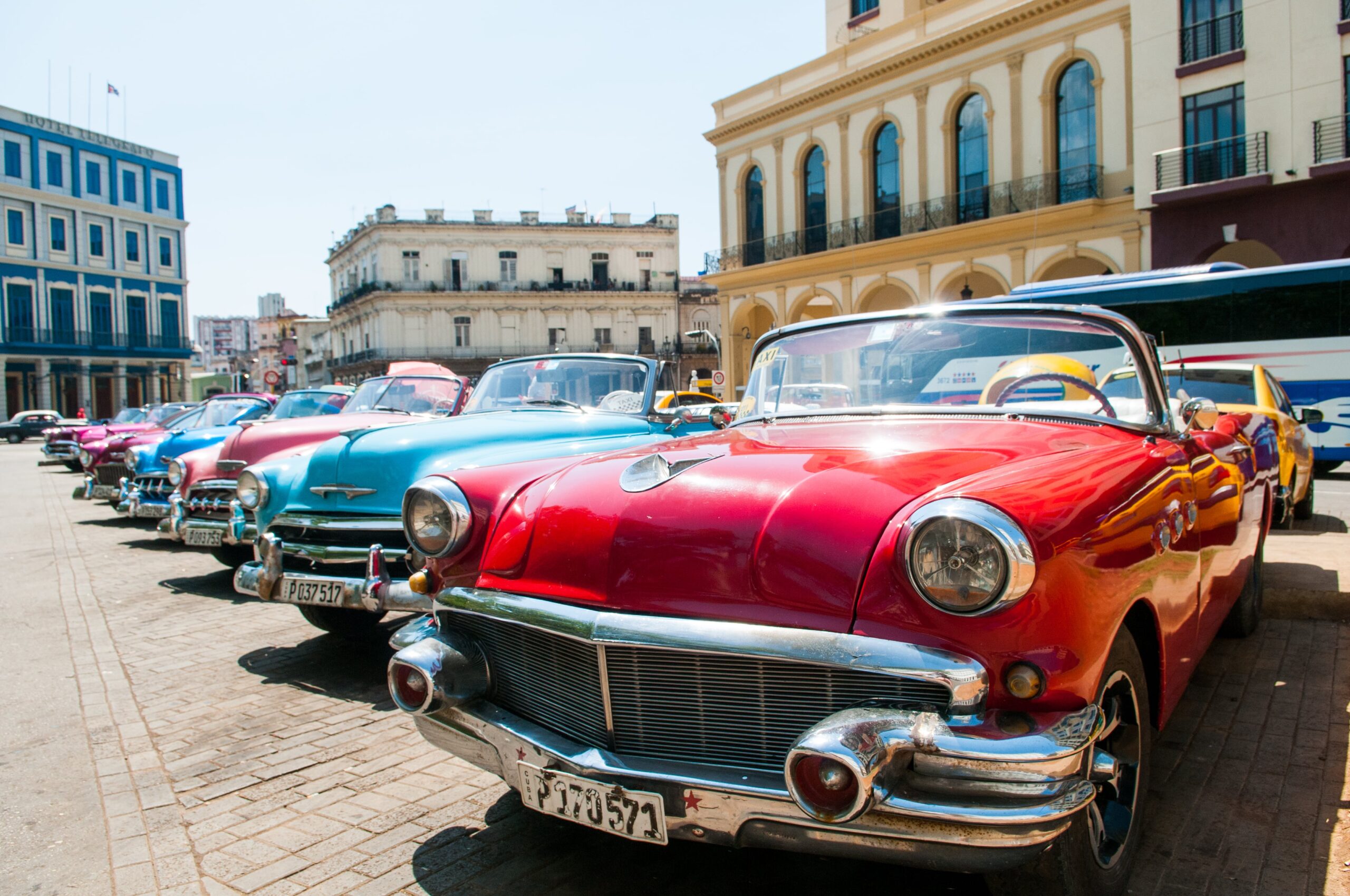To carry Roadrunner Performance Auto Products in your store, call (509) 262-9165
- About
- Distributors
- Products
- Hoses
- Stainless Steel Braided Hose
- Nylon Braided Liteweight Hose
- Push Lock Hose
- PTFE Hose

With the exponential growth of the global classic car market, which is expected to grow from $24.5 billion in 2019 to $35.5 billion by 2023, restoring one is undoubtedly a worthy investment to car enthusiasts. While the results are magnificent and fulfilling, the transformation process is overwhelming. Before executing the restoration process, you need to
• Find the perfect car
• Set a budget
• Find an auto expert
• Find replacement parts
You also need to identify the right location for your car to be immobile while working on it. Read on to learn more on how you can bring a classic car back to its glory.
Consider the following factors when looking for the perfect classic car.
• Tag an Expert
It’s advisable to tag an auto restoration expert when you identify a potential purchase. An experienced person is likely to point out issues and identify a worthy investment.
• Purchase a Car That Has Readily Available Replacement Parts
If you want your restoration project to run smoothly, buy a car that has plenty of replacement parts on the market. Purchasing a vehicle that has a scarcity of replacement parts will not only throw you off your budget but can also stop your project indefinitely.
• If the Car Has an Appreciation Potential
With so many old cars in the market that need restoration, you need to find a vehicle that retains its value.
Even with the best of experts and the number of resources you use, some cars are never valuable. Don’t just settle on a specific model without doing dire research.
Even though the right car may be a bit costly, it will be a worthy investment in the future.
• Don’t Invest in a Rusty Car
A well-maintained old car will go along when it comes to time and money. Rusty cars are not only time-consuming but also very expensive to restore. If you decide to buy one, you may need to fabricate or purchase aftermarket spare parts if you are lucky. Either way, consider cars that are not damaged by rust to avoid inconveniences.
• Consider a Running Car
Purchasing a car that is running is a sure way to avoid so many mechanical issues. It means that it has been well taken care of and, therefore, you might not need to replace the essential car parts like the car pump or the starter, not to mention the engine, which is so expensive to repair or replace.
Important Tips To Guide You During This Project
The restoration process takes time — therefore, you need to be patient. Also, if you want to locate cheap replacement parts, take your time. Ask for help from local mechanics if need be. You also need to assess your skills and work on them before practicing them on your dream car.